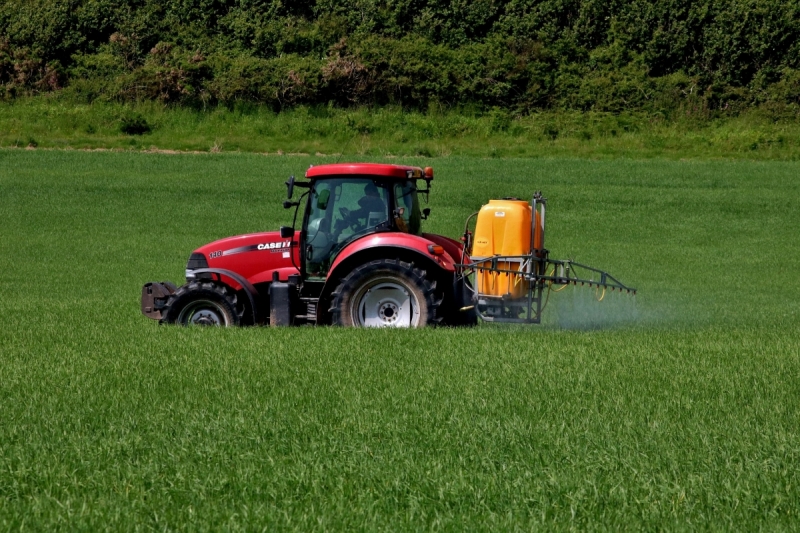Many pesticides not only contain very harmful active substances. They also contain so called co-formulants that can be very harmful. Often this also includes highly toxic PFAS substances.
What are PFAS?
PFAS or per- and polyfluoroalkyl substances are synthetic chemicals. They are used in a variety of consumer and industrial products because they are water-repellent, dirt-repellent and grease-repellent. PFAS can be found in outdoor clothing, baking paper, food-packing materials, non-stick coating in pans and fire-fighting foam, among other things.
How can these chemicals migrate into the environment? According to Hans Muilerman, chemicals officer at Pesticide Action Network (PAN) Europe: “Most PFAS are not biodegradable, can easily spread through the air and water and can be taken up by plants and animals. PFAS are hydrophobic and have an increased affinity with proteins in the human body. They tend to accumulate in humans because of their long elimination half-life up to 8.5 years.”
PFAS are thus spread all around us and according to recent research, they could have many adverse effects. Exposure to PFAS could cause liver damage, increased risk of testicular and kidney cancer, thyroid disorders and changes in plasma lipid concentrations. In children, they could decrease response to tetanus, hepatitis B and diphtheria vaccinations (1).
Co-formulants: Many pesticides contain PFAS
Further research on PFAS showed that pesticides can contain high levels of substances of PFAS. It would seem that 10 of the tested insecticides would contain PFAS (2)
PFAS are thus used as co-formulants. In other words, they are part of the mixtures contained in pesticides or other products. They enhance the product’s efficiency and usability.
Currently there is no proper regulation for this, In fact, in a new proposal presented in November 2022, the Commission suggested a less strict risk assessment. They propose to let each individual member state do their job, without any obligation for the industry to provide the necessary toxicity data to assess the toxicity of the product properly.
PFAS presence in pesticides would thus mean that they are spread on the soil and crop. This contamination could lead to the previously mentioned health concerns. Therefore we have urged the need for sampling and analysis of PFAS residues in addition to a solid risk assessment of their impact on human health and the environment. Ultimately for the complete ban of PFAS.
Hans Muilerman, chemicals officer at Pesticide Action Network (PAN) Europe asked the EU Commission in an open letter the following: “We urge you to mandate EFSA to carry out its own sampling and analysis of PFAS residues and, based on the results, activate article 69 and suspend the pesticides in question while asking EFSA for an opinion in parallel. It would be good to test the formulations but also representative soil, water and crops where these formulations have been used. And ask the member states to do the same for the formulations they have authorised. Additionally, we respectfully ask you to mandate EFSA to carry out a solid risk assessment on human health and the environment. And ban any use of PFAS in pesticide formulations (Art. 27, put them – all fluorinated but, more widely, also all halogenated substances- on the list of unacceptable co-formulants).”
Sources:
- Insecticides contaminated with PFAS, see letter here.
Notes:
(1) Inge A.L.P. van Beijsterveldt, Bertrand D. van Zelst, Sjoerd A.A. van den Berg, Kirsten S. de Fluite, Manouk van der Steen, Anita C.S. Hokken-Koelega, Longitudinal poly- and perfluoroalkyl substances (PFAS) levels in Dutch infants, Environment International 160 (2022) 107068
(2) Steven Lasee, Kaylin McDermett, Naveen Kumar, Jennifer Guelfo, Paxton Payton, Zhao Yang, Todd A. Anderson, Targeted analysis and Total Oxidizable Precursor assay of several insecticides for PFAS, Journal of Hazardous Materials Letters 3 (2022) 100067.
